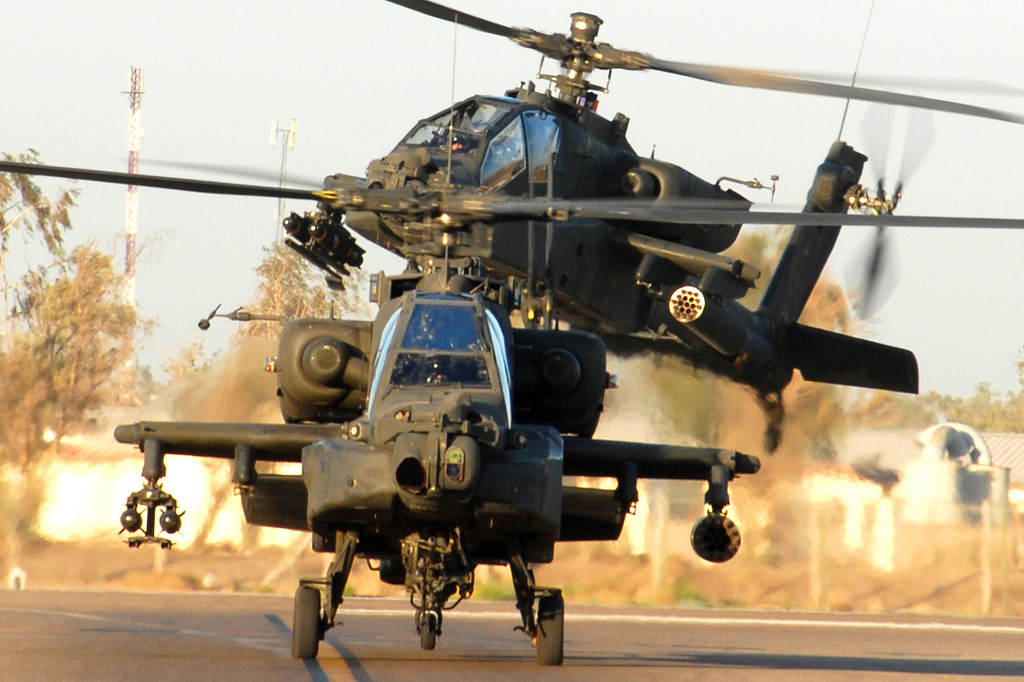Jura The idiot
General
based onWell, it is all in the wording.
For example, in May 2015 when she was testing the F-35Bs it is not considereded a "deployment." nonetheless, she was out at sea landing and launching and testing this aircraft.
INn 2013 she had a six month overhaul for specific items, and then a nine month one in 2014. After each of these there are extensive tests and trials where she goes to sea to test those things that have been worked on called Afloat Training, Combat System Ship's Qualification Trials, Aviaition Training, etc.
In 2012 she performed Trident Warrior aboard the Wasp, off the coast of Virginia, with the first in a series of numerous technological experiments. The annual fleet experiment, scheduled to run until August 1, is directed by U.S. Fleet Forces Command, sponsored by U.S. 2nd and 5th Fleets with a mission to improve and enhance the Navy's information dominance and policies, procedures and interoperability between U.S. forces and coalition partners during maritime war fighting.
So...going back what you find is the Wasp being used for all sorts of training and experiments that benefit ass LHDs and have the ship at sea operating her systems and improving them...but not what you would "officially" called being deployed.
But then the people on the left and those who want to see the US military drastically cut then take these things and their wording as use them as an excuse to say that the ships are not needed or under utilized.
Just be careful not to get sucked into that. One of the reasons the US Navy stays as effective as it is because we recognized and find all of these types of tings for continuous improvement for all of the fleet...which are then used by those who want to cut back (some of them knowing full well what they are doing, others being, in essence, "useful idiots" used by those people to try and get the force structure cut back.
And they have been successful in many places . I view the RN, the Italians, the Spanish and other navies that have been drastically cut as victims of this type of mischaracterization.
We have to always be vigilant of such things to ensure that the bastion of freedom that the US represents does not fall prey to the same tactics.
Hope you take no offensive...it's just that I have been fighting this type of thing all o my life and now as I get older I hope there are those who will take up and continue to educate others where necessary, and carry on the fight.
I did a google search withinside: "The deployment of Wasp to Japan will be the second for the big deck after failures in the ship’s combat system relegated the ship to test operations and did not deploy for more than a decade."
really?
uss+wasp+"combat+system"
and perhaps the most interesting was
Defence News 02/07/2012
Wasp To Get Combat System Upgrade, Return to Deployment Schedule
(it's no news so I'll leave it at that)



